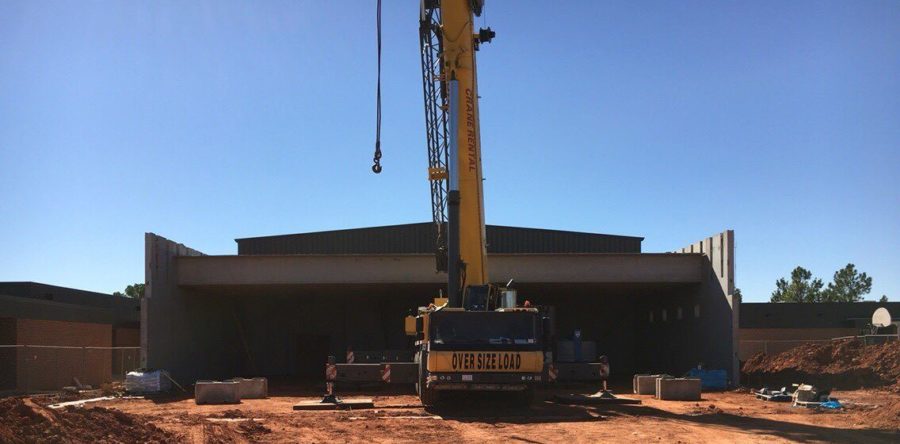With 2017 well on its way, construction professionals are identifying new and growing industry trends that will shape the remaining year and set the stage for 2018. Despite an overall underwhelming growth in 2016, the Dodge Data & Analytics team has projected an optimistic 5% growth for the upcoming year.
What will this growth look like in the commercial construction industry?
Increase in Warehouse and Distribution Centers
- While the robust growth in online sales has been detrimental to larger retail centers, like Macy’s and JC Penny, it continues to build demand for regional distribution centers. Retail construction as whole is not projected to decline, it is only predicted to experience a sharp shift from walk-in glass-glass front stores to warehouse and manufacturing centers.
- The retail sector has also experienced an overall positive-growth, meaning that commercial construction still retains a positive outlook for cutting-edge retail and restaurant concepts. One of the more innovative developments is fulfilling grocery or food orders. Need some examples? Check out AmazonFresh, Instacart, and Grocery Gateway – all companies who will need massive warehouse space to accommodate a larger variety of products and produce.
Energy Efficiency and Green Building
- The rise in eco-friendly and health-conscious trends is now beginning to take shape in the commercial construction industry.A new study completed by Dodge Data and Analytics points out that green building is expected to double by 2018. The demands for recycled materials and energy efficient solutions are spurring new developments in various trades, specifically in the window/glass, doors, and plumbing trades.Customers are learning that while LEED-certified buildings involve a costlier design, they use less water and energy overtime, reducing expenses in the long-run.
- What does this mean for general contractors?There is a growing expectation for contractors to provide clean and resource-efficient alternatives for all phases of development. Might be time to consider that LEED-certification.
Technological Efficiencies
- The integration of technology and construction has rapidly reduced and streamlined previously arduous processes. Project management software systemizes the pipeline of communication between contractors, subcontractors, and clients. Real-time video feeds capture and report jobsite data with speed and accuracy. As far as customers are concerned, technology has significantly raised the bar for both jobsite accountability and visibility.
- Wearable technology is also transforming the building and construction industry, specifically for tradesmen and superintendents. The building pressure behind jobsite safety and quality assurance has instigated a wearable technology industry that is expected to hit and $4 billion by the end of 2017.[1] Some of the most innovative wearable devices include safety vests with GPS, hard hats with virtual display visors and augmented reality devices to experience virtual design elements.[2]
Collaborative and Integrated Approaches
- The collaborative approach is becoming more popular as it continues to prove its time-efficiency and cost-effectiveness. While the public sector primarily retains its design-bid-build segregation, construction professionals are seeing an increase in design-build projects in the private sector. According to Dodge Data & Analytics, the design-build, public-private partnerships and integrated project delivery are three of the most often-cited methods that are altering the industry and are likely to gain ground in 2017.
[1] https://www.buildsoft.com.au/blog/construction-tech-and-trends-for-2017

